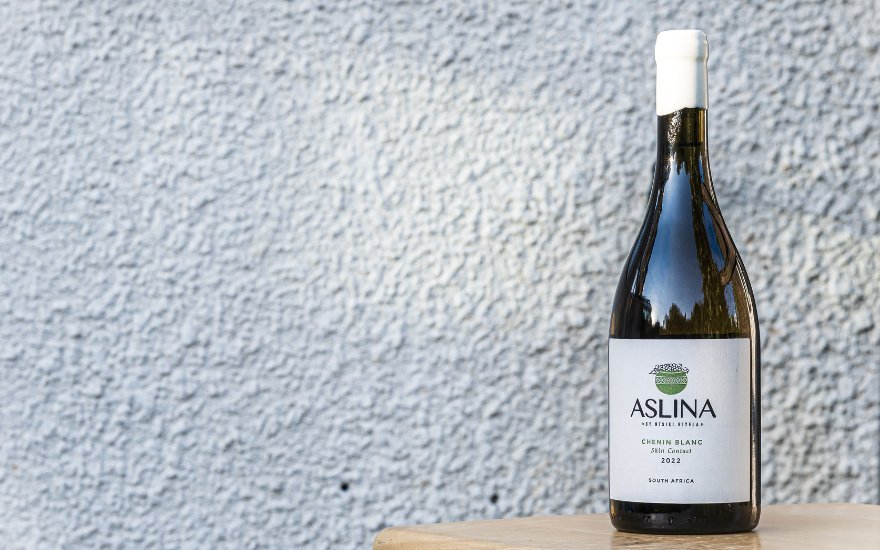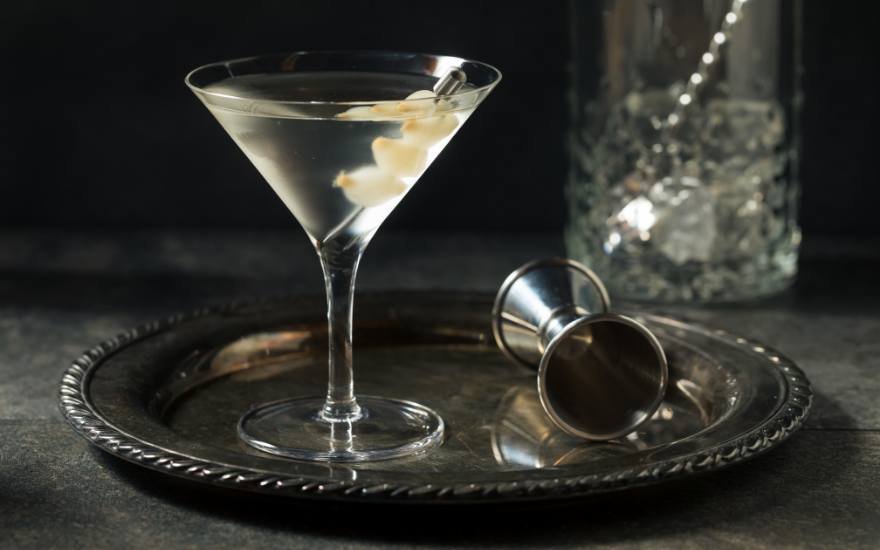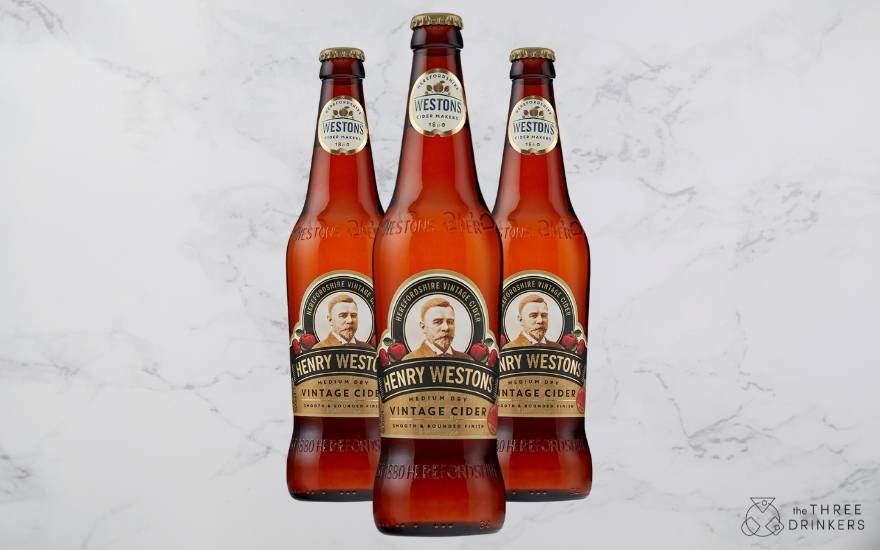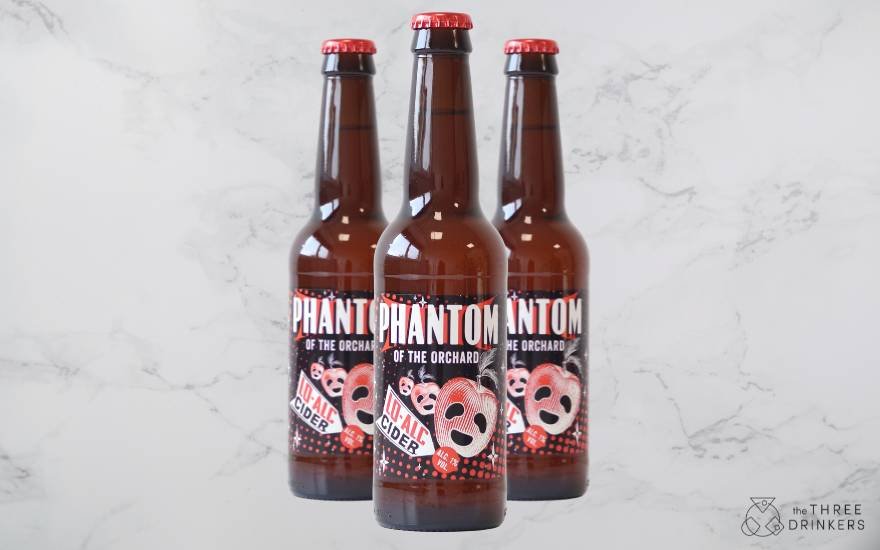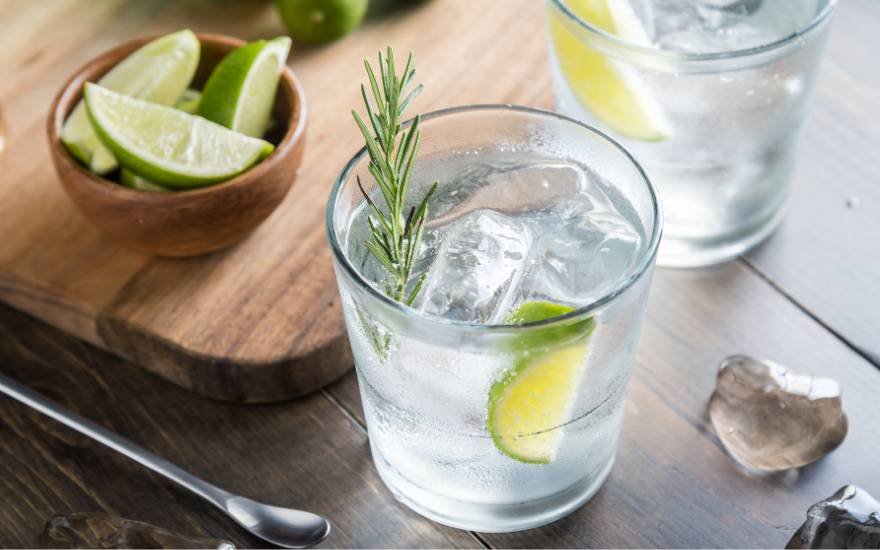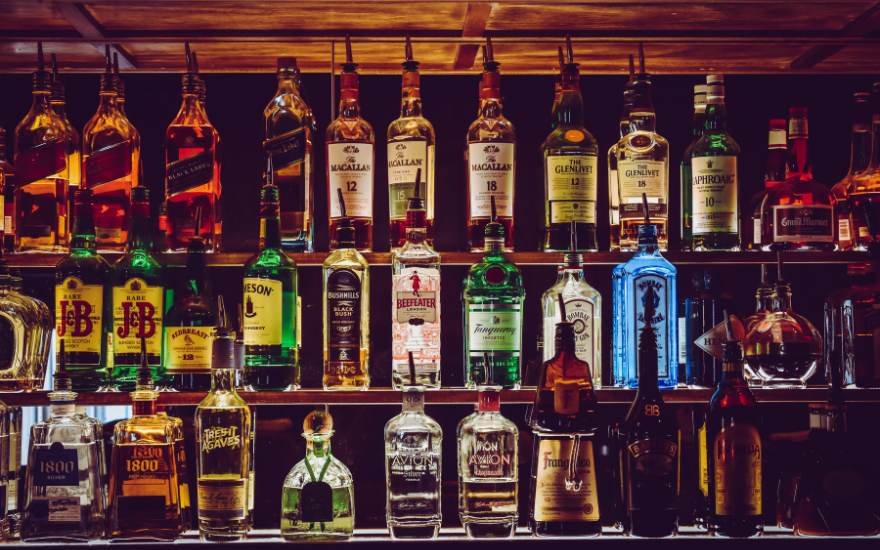Image credit: Will Wong
How will you celebrate Drink Chenin Day on 8th June?
Mention Chenin Blanc and you may think of South Africa. It was their signature grape till the late 20th century (often called Steen) when reds often replaced it, but it’s still the most widely planted Cape white grape, though it now only makes up one vine in five. Fortunately, old bush vine Chenin is having a renaissance with its intense flavours and longevity.
The grape itself can be traced to the Middle Loire Valley in France (see map below); sandwiched between the Melon de Bourgogne of Muscadet near the Atlantic coast, and the Sauvignon Blanc of the Upper Loire (Sancerre and Pouilly).
The Nantes vineyards near Muscadet were planted by the Romans in the 4th century. In the year 2000, the Loire Valley was listed as a UNESCO World Heritage Site. It is now the world’s largest Chenin Blanc growing region; accounting for almost 20% of all grapes planted there.
This versatile white grape adapts to a range of climates, from cool to moderate and warm. Flavours therefore vary according to the ripeness from apple to lemon through to peach and mango. Its natural high acidity makes Chenin Blanc suitable for late harvesting and cellaring for years in the bottle. Styles of wine range from dry to sweet, both oaked and unoaked. One of the most famous Loire appellations is Vouvray, with 7% of Chenin Blanc grown worldwide. Historically, about half of Chenin is made into sparkling wines especially in the cooler and wetter years.
Whatever your first and recent experience of Chenin Blanc might be, we will take you through three wines from the Loire, then Margaret River in Western Australia before finishing in Stellenbosch, South Africa with a twist.
Bernard Fouquet Cuvée de Perruches Vouvray 2022
Image credit: Will Wong
Established in 1978, Domaine des Aubuisières now owns thirty hectares of vineyard with clay-limestone terroir. The cuvée wines are the result of the partnership with local winemakers who select their best juices from different terroirs of the AOC Vouvray, before vinifying and blending in their cellars or on farms. Fermentation and ageing take place in temperature-controlled tanks.
Best taken out of the fridge 20 minutes ahead of serving, it’s bone dry with crisp acidity, and hints of ripe green apples. It has a mineral grip with tension. Serve with summer salad, creamy goat cheese or brie. Buttered white fish could be a lovey partner.
Size: 750ml
ABV: 13%
Find here: £13.99 or £11.99 Mix Six
Savennières VB 2022
Image credit: Will Wong
Savennières AOC spreads over 3 hills of schist totalling about 150 hectares, with steep south-facing vineyards situated on the north bank of the river Loire, in the Anjou-Saumur subregion. It is all Chenin Blanc here, and as a result of the low maximum yield restrictions imposed under appellation laws, the wines are highly concentrated and can be surprisingly long lived.
Savennières is typically more full-bodied than dry Vouvray, and a significant step up in concentration and quality from basic Anjou blanc. The dry wines are often steely and tart in their youth, comparable to good Chablis. This character begins to dissipate after five or so years in bottle.
Vignoble Branchereau (VB) is a sub-brand of Domaine des Forges, a five-generation family story since 1890. Environmental sustainability lies at the heart of their viticultural practice. The 2022 is the maiden vintage of a former stagiare (apprentice) of VB, made with their help.
A serious gastro wine worth decanting and best served at 12ºC, with grilled or pan-fried white fish or poultry. Bold with oak influence. It is complex with citrus fruits and a long savoury mineral finish. Drink to 2027.
Size: 750ml
ABV: 13.5%
Find here: £17.50
Langlois-Chateau 'L'Extra par Langlois' Crémant de Loire Brut
Image credit: Will Wong
Crémant de Loire is the regional appellation for sparkling wines from Anjou, Saumur and Touraine – the heartland of the Loire Valley wine region of France. It was introduced in 1975 to provide France with a widely recognisable, high quality Loire sparkling wine title, as an alternative to the increasingly expensive wines of Champagne.
Using méthode traditionelle (secondary fermentation in the bottle as Champagne) rather than tank production, most Crémant spends at least 9 months in bottle on the lees during and following its secondary fermentation. Up to 11 grapes are permitted except Sauvignon Blanc. Chenin Blanc is the principal ingredient.
Langlois-Chateau (not Chateau Langlois as it is sometimes thought) was created by Edouard Langlois and his wife Jeanne Château in 1885. It has been part of the Champagne Bollinger group since 1973.
This sparkling wine is a blend of Chenin Blanc (60%) and Chardonnay (40%) with tight, persistent effervescence and a complex, nutty, gently honeyed nose. Maturation on the lees for a minimum of 12 months gives that biscuity flavour, adding a lingering sparkle to an easy-drinking fruity fizz. Serve cold between 8-10ºC and your party will lighten up. If stored correctly (away from direct light, heat source and on its side), the wine might further develop for up to three years.
Size: 750ml
ABV: 12.5%
Find here: £15.99 or £10.99 Mix SIx.
South by Southwest Margaret River Chenin Blanc 2022
Image credit: Will Wong
Located 300km south of Perth in Western Australia, set between the tranquil waters of Geographe Bay and the rugged Cape Leeuwin, you will find Margaret River, one of the world's premium and most isolated winemaking regions. With ocean on three sides, Margaret River is blessed with a Mediterranean climate of warm days and warm/cool nights. Cooling sea breezes from the southern Indian Ocean help to moderate temperatures and slow ripening; giving lower yield but top quality grapes.
This region is more widely associated with Chardonnay, Cabernet Sauvignon and Sauvignon Blanc. Chenin Blanc however has a long history in Western Australia, with the first plantings coming from South Africa over 150 years ago. Oversupply led to the less good sites mostly pulled up, leaving only the very best.
South by South West is the story of Mijan Patterson and Livia Maiorana (Mij & Liv), both sharing a passion for wine and desire for adventure that sparked a wine safari in 2013 across the most prized wine producing regions in California, Italy, France and British Columbia. In 2016 they turned their vision into reality by starting the winery; with the potential for making small batch wines that are both contemporary and classic, to tell a story about their region of origin.
The duo made their first Chenin only in 2020. Since then, they have experimented with a number of different styles and winemaking techniques – bonus for wine geeks: skin contact, tank ferment, barrel ferment, short maturation, longer maturation, newer oak, neutral oak, malolactic conversion, oxidation, and residual sugar.
2022 is their third vintage of Chenin, and what a star it is! Sourced from a single vineyard in the Treeton sub-region, the wine was barrel fermented and matured in old French oak barriques for nine months. Many of the barrels for this wine were purchased from Leeuwin Estate and previously used to make the iconic Art Series chardonnay, enhancing this wine's fantastic value.
The oak influence is subtle and pleasing. Notwithstanding their proud Margaret River spin, it was more Old World at first sip. Crisp citrus acidity with restrained fruit. Refined and balanced with a medium-body. A real gem.
The greatest surprise was it paired exceptionally well with venison lasagne. Not tried personally but according to goodpairdays.com, this Chenin Blanc is a top match for roast cauliflower or cauliflower soup, richer white meats like pork belly and creamy chicken breast dishes, and especially with recipes involving a classic Cantonese sweet and sour character. Coconut milk curries, cashew chicken and roast poultry will all work beautifully, too.
Drink to 2027.
Size: 750ml
ABV: 12.5%
Find here: £13.95
Aslina Skin Contact Chenin Blanc, Stellenbosch 2022
Image credit: Will Wong
Look at the label of any South African wine, chances are you will see Stellenbosch a lot. Situated east of Cape Town in southwestern South Africa, virtually all of the Cape’s most famous wine estates are in the Stellenbosch district. At its heart lies the leafy university town surrounded by Arcadian countryside, whose curling white Cape Dutch gables are the beautiful cliché of the Cape.
Born in Mahlabathini, a rural village in the KwaZulu-Natal province, South Africa's first female black winemaker Ntsiki Biyela won a scholarship to study oenology and viticulture at Stellenbosch University in 1999, then made her name at Stellekaya, a boutique winery in Stellenbosch, picking up several awards along the way. She bottled her first Aslina wine in 2016, and the range now includes a Cabernet, a Bordeaux-style blend, Umsasane, a Chardonnay and a Sauvignon Blanc.
Aslina is a tribute to her late grandmother who inspired and supported her. Fruit is sourced to the desired style and the wines are made at Koelenhof in Stellenbosch. When she is not making and promoting her own wines both at home and abroad, she is an active industry spokeswoman, and sits on the Board of the Pinotage Youth Development Academy which provides education and training to underprivileged young people to prepare them for work in the wine and hospitality industries. In 2017, she was listed in the World’s Top 10 Most Innovative Women in Food and Drink by Fortune’s Food & Wine.
If you look closely at the wine label, it echoes Ntsiki’s Zulu culture and heritage with a calabash, a traditional clay drinking vessel. Although used typically for beer, Ntsiki has her own unique twist by adding grapes to the calabash, transforming it into a container for her distinctive wines.
This is altogether a different kind of South African Chenin Blanc. No oak, texture from seven days’ skin contact does not overwhelm the ripe and soft fruit. Complex with an intense saline mineral long finish. Paired beautifully with crab pasta. Drink to 2025.
Size: 750ml
ABV: 13.5%
Find here: £16.99
If you want to explore Chardonnay, find our globetrotting guide here!
By Will Wong







